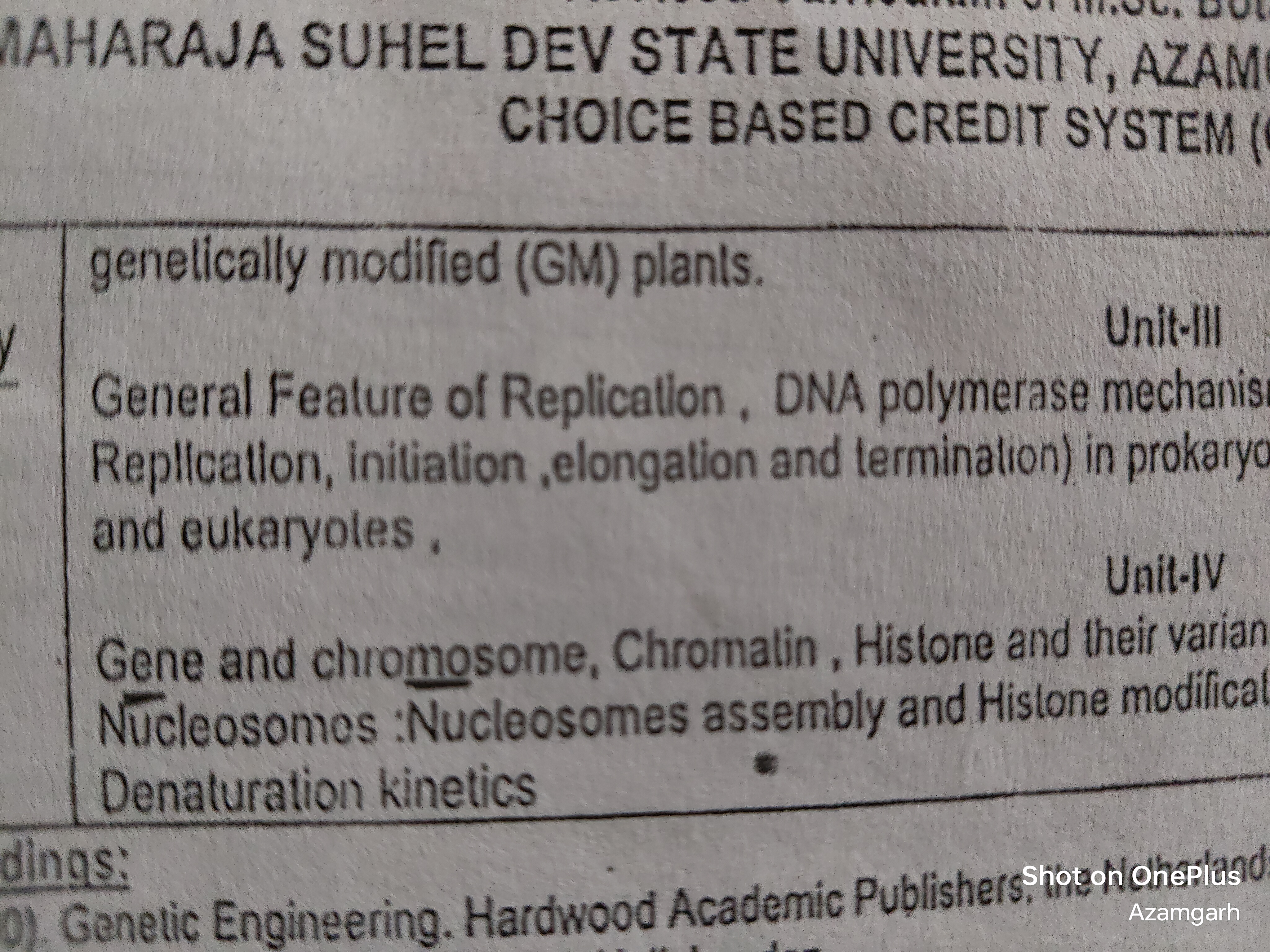What are the general features of DNA replication, and what mechanisms are involved in prokaryotic and eukaryotic cells?

Understand the Problem
The question refers to topics related to genetics and molecular biology, specifically focusing on genetically modified plants and DNA replication processes in prokaryotes and eukaryotes.
Answer
DNA replication is semiconservative and involves initiation, elongation, and termination, with differences between prokaryotic (continuous, cytoplasmic) and eukaryotic (S-phase, nuclear) processes.
DNA replication is semiconservative, initiated at replication origins, and involves enzymes like DNA polymerase for chain elongation and helicase for unwinding. In prokaryotes, replication is continuous and occurs in the cytoplasm, while in eukaryotes, it occurs during the S-phase in the nucleus, involving complex chromatin structures.
Answer for screen readers
DNA replication is semiconservative, initiated at replication origins, and involves enzymes like DNA polymerase for chain elongation and helicase for unwinding. In prokaryotes, replication is continuous and occurs in the cytoplasm, while in eukaryotes, it occurs during the S-phase in the nucleus, involving complex chromatin structures.
More Information
DNA replication is crucial for cell division and involves unwinding the DNA helix, copying each strand with DNA polymerase, and re-forming nucleosomes in eukaryotic cells.
Tips
Confusion often arises in distinguishing the cellular compartment of replication (cytoplasm vs nucleus) and recognizing the influence of chromatin on eukaryotic replication.
Sources
- Molecular mechanism of DNA replication (article) | Khan Academy - khanacademy.org
- DNA replication - Wikipedia - en.wikipedia.org
- 14.3C: DNA Replication in Eukaryotes - Biology LibreTexts - bio.libretexts.org
AI-generated content may contain errors. Please verify critical information